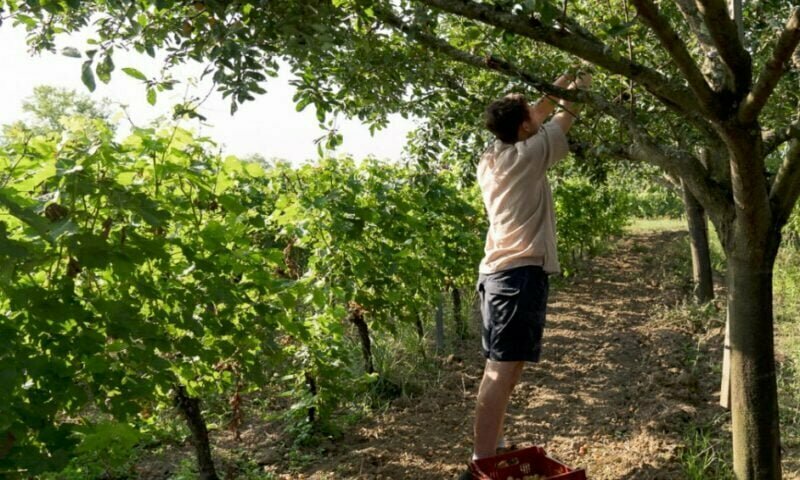Staff Writer

(Credit: Bordeaux)
Bordeaux winegrowers and wine merchants are implementing a carbon reduction plan and have collectively reduced carbon emissions by 24% since 2012. Bordeaux Wine Council (CIVB) reports that the region plans to further decrease greenhouse gas emissions to reach a total reduction of 46% by 2030. The regional action plan will track changes in five main sources of emissions, notably: viticultural practices, energy efficiency, freight transportation, glass packaging and carbon capture.
The sector’s will reach its goals for the 2030 carbon reduction plan in the following ways:
- Adjust viticultural practices to reduce the number of passes through the vines by 10%, and increase the fleet of non-fuel oil equipment by 20%. Bordeaux is testing and deploying alternatives to viticultural practices including the use of fuel oil and raising awareness of how to maintain machinery to prolong equipment life. It is also seeking out more natural solutions to reduce inputs, such as the development of ecological corridors and implementing agroforestry.
- Deploy energy saving solutions in buildings to increase process efficiency.
- Target 100% of freight and road transport to be provided by haulers committed to climate initiatives, reinforcing the use of alternative fuels, such as biofuels made from grape pomace in collaboration with local distilleries. The use of more carbon-free solutions, such as balancing sea freight with air, is also underway.
- Reduce glass bottle and packaging weight by 10%. From 2007 to 2019 the average Bordeaux wine bottle weight was reduced by 12% and the region is committed to continuing the trend. The sector will launch an awareness program to encourage use of eco-designed materials and has a goal of reducing bottle weight by 10% by 2030.
- Beyond reducing carbon, Bordeaux aims to capture, store, and utilize the carbon that is naturally present in local soils and plants. By planting trees and increasing flower cover, carbon can be better managed as part of a responsible vineyard plan. Captured carbon that results from the fermentation process can also be recycled to create non-toxic biodegradable products widely used in food, pharmaceutical and cosmetic sectors.
Reduction of glass and water waste has been improved by many wineries in recent years. In 2020, a new wine bottle made from recycled paper with a food-grade liner that can be completely recycled after use was put on the market. Packaging company Frugalpac reported that the bottle has a significantly lower carbon footprint than glass or recycled plastic. Additionally, California winery Fetzer Vineyards installed cloud-based water metering technology from the Bellingham, Washington-based company Apana to quickly detect leaks and waste water incidents in real time. Using IoT technology with its water stewardship program allowed the winery to reach its 2020 water efficiency goal early.
 (Credit: Bordeaux)
(Credit: Bordeaux)